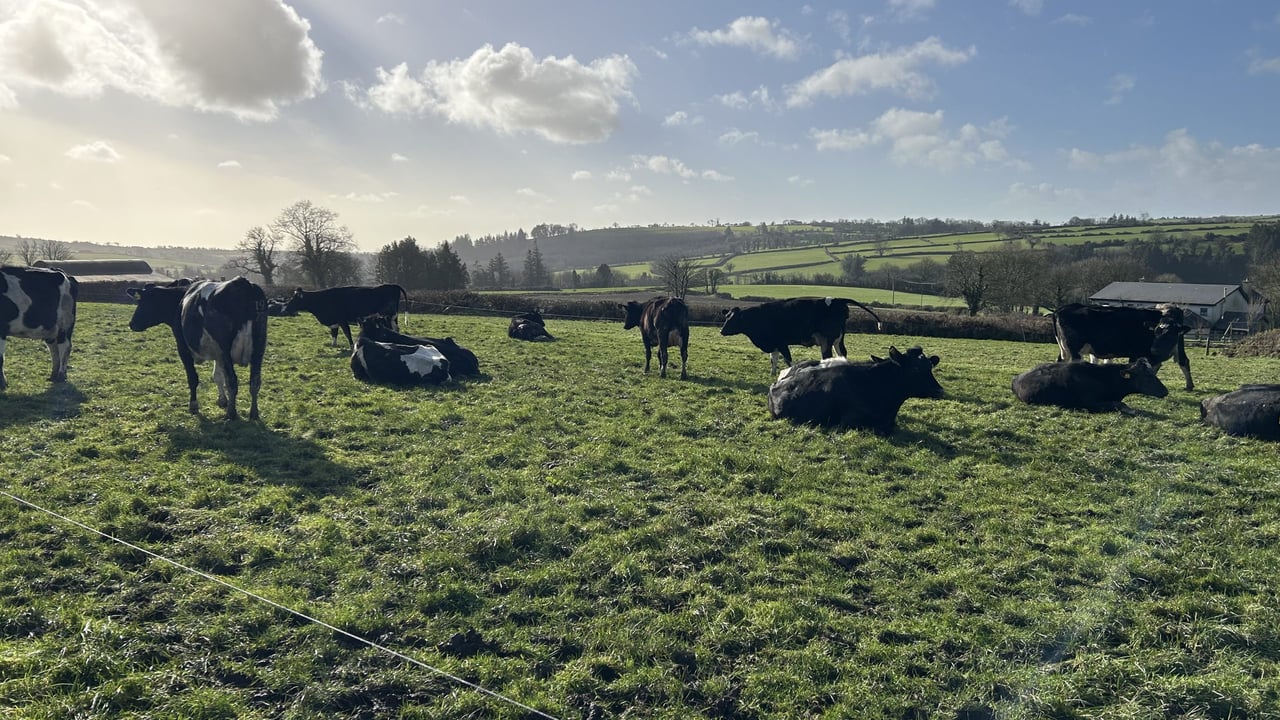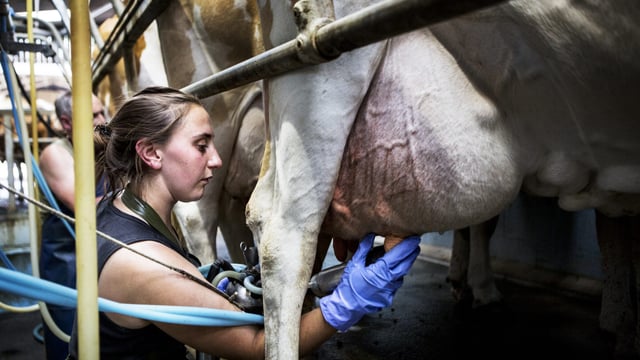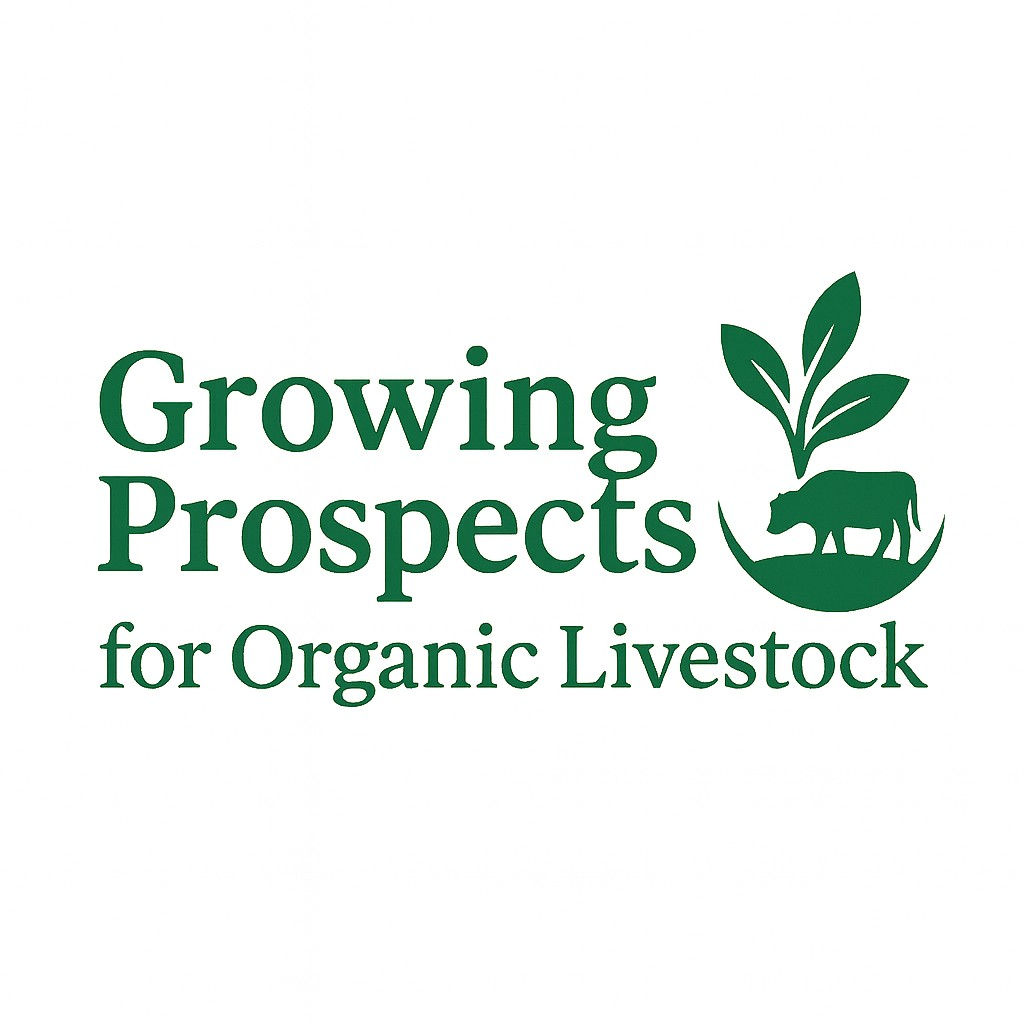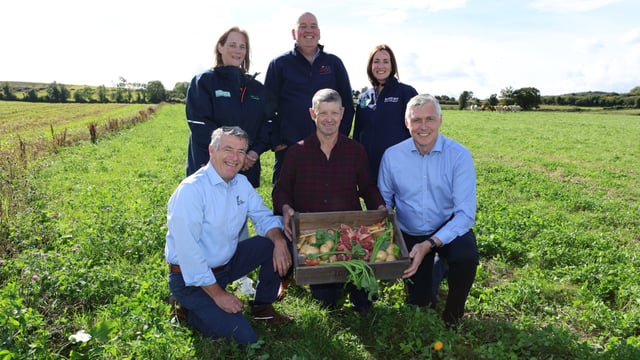Waterford farmer: Spring grass diet worth €3.67 extra/cow
Waterford farmer, Steven Fitzgerald proved at a Tirlán and Teagasc Future Farm focus event that an early spring grass diet can be the difference in milk solids production at the end of the year.
Steven is farming with his wife Catriona and his parents near Aglish in west Waterford. They are farming 155ha of which 78ha is leased.
The milking platform consists of 91ha with a stocking rate of 2.08 LU/ha leaving him with an organic stocking rate of 175kg of organic N/ha.
Sandra Hayes, Teagasc/Tirlán Future Farm programme coordinator pointed out that 42% of the farm has an optimal soil fertility which enabled Steven to grow 13.2t dry matter (DM)/ha.
Steven admitted that he went over his intended budget for meal feeding, as he fed 1.4t of meal in 2024 due to poor grazing conditions in early spring and poor growing conditions in the heart of the grazing season.
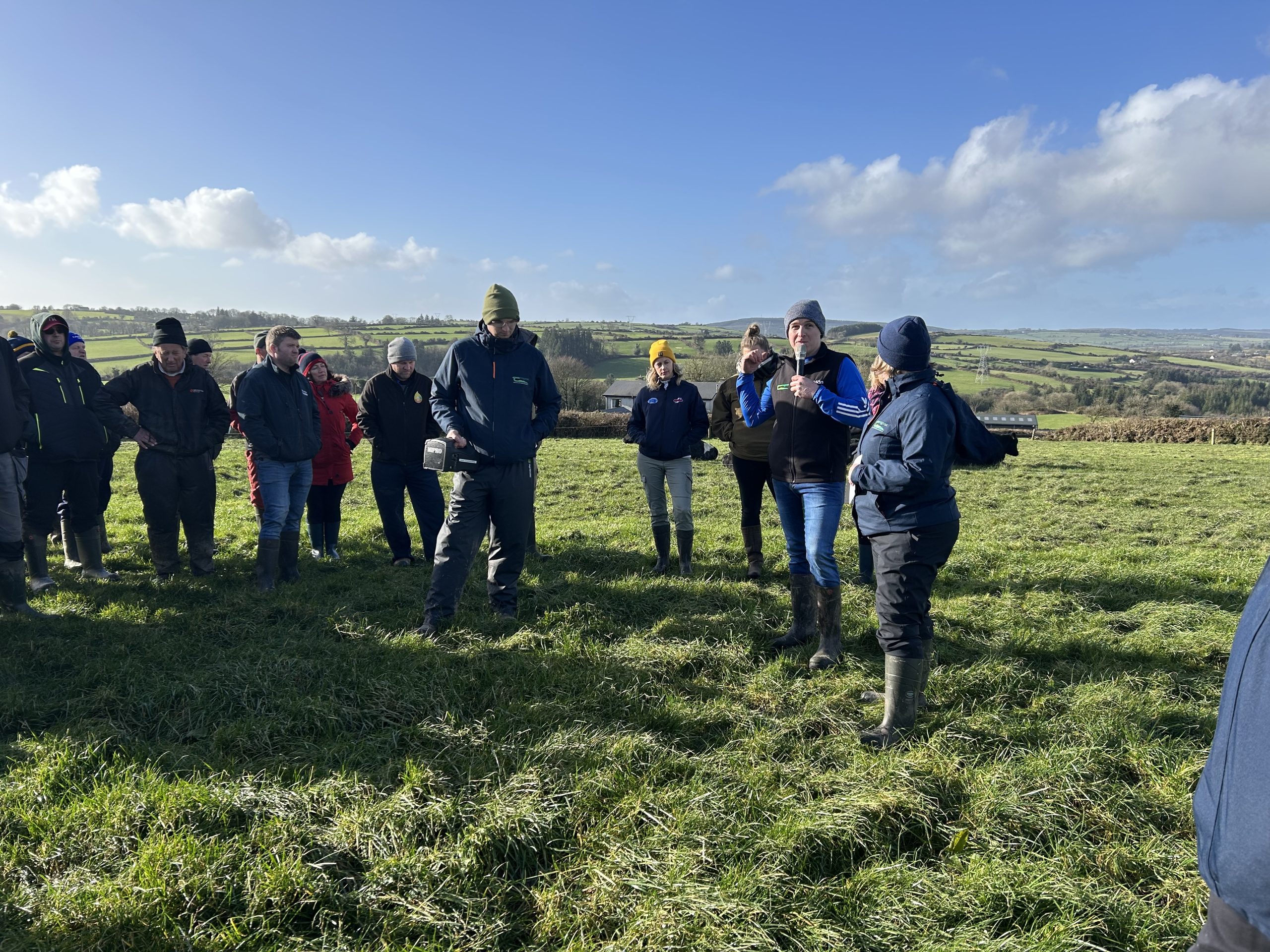
The cows produced 512kg of milk solids (MS) per cow last year which is 100kg over the Tirlán average, which Steven puts down to his grassland management and getting grass in the cow's diet.
Steven achieved a 95% six-week calving rate in 2024 with a 9% empty rate which heavily contributed to him earning €1,429 of 'profit per cow' - Hayes emphasised that this return is before Steven has to pay for loans and other expenses.
However, if Steven is earning 100kg of extra MS over the Tirlán average and earning €6.30/MS, he is therefore earning over €600/cow more than the average Tirlán supplier.
The extra earnings achieved by Steven was described as being as a result of his efficiencies around spring grazing and getting cows out to grass at every opportunity, while having a quality herd of cows that has an average economic breeding index (EBI) of €249.
Steven completed 38 grass measurements in 2024 which allowed for efficient decision making around moving paddocks going too strong, grass allocation/cow and supplementing extra feed in the diet when supply is tight.
Steven closed the farm on November 25 last year with a closing farm cover of 665kg DM/ha and had a winter growth of 5kg DM/day which allowed for an opening farm cover of 869kg DM/day this spring.
Currently, Steven has 30 cows calved even though the start date of calving was supposed to be today (Wednesday, February 5) and he said "we get them out every day and it pays off for particularly protein as we stayed at 4.25% protein last spring".
Steven admitted that they do not have enough cubicles on farm, so it makes sense to get them out regardless.
Every paddock on the farm is different with many ditches on the farm splitting paddocks which means that Steven relies heavily on strip-grazing in the early spring.
"We used to get them out every evening as well for two-three hours (in the spring), but now we just focus on getting one good grazing in the day," Steven added.
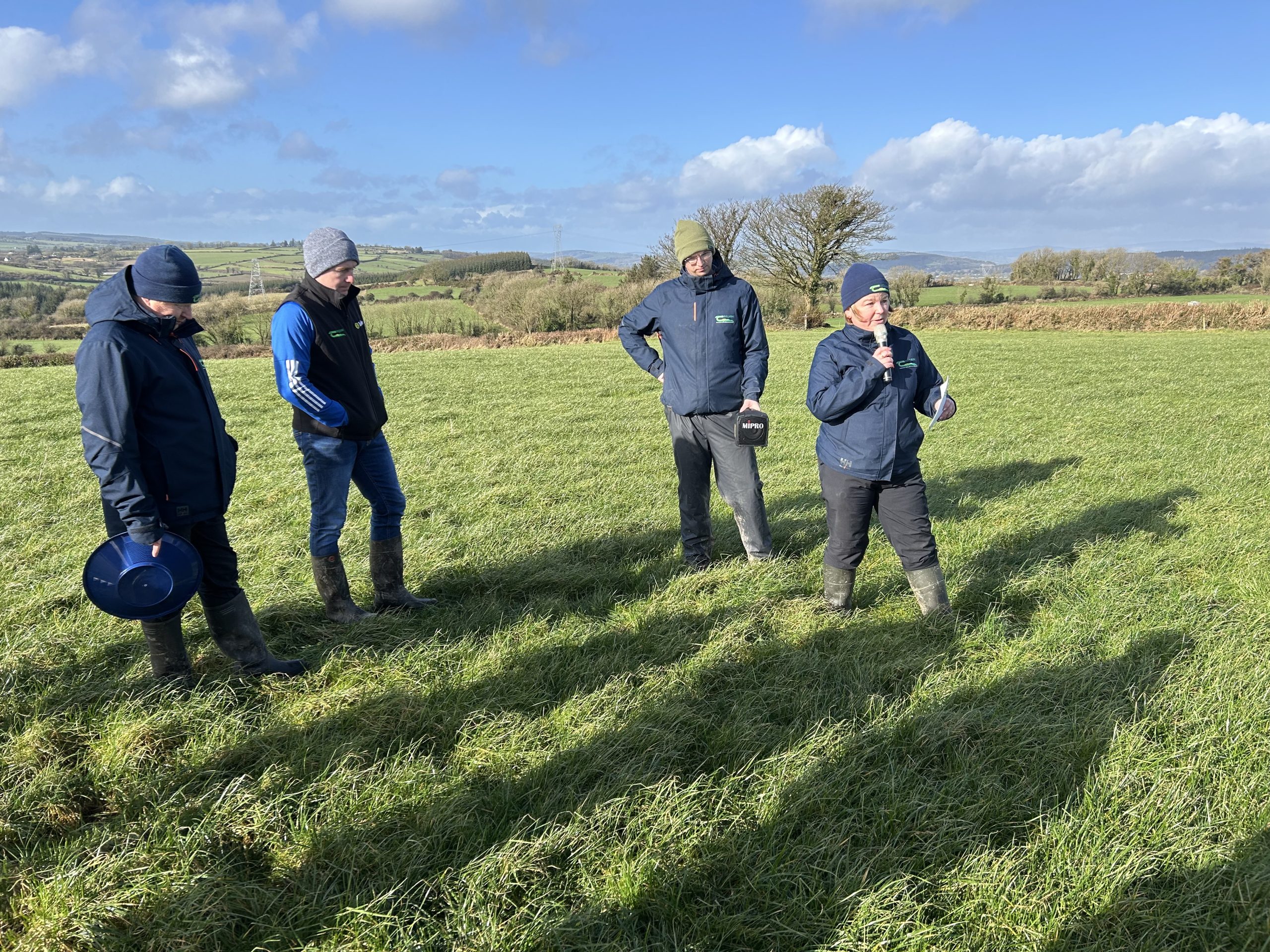
Steven said that grazing in the spring is all about "patience and winging it" and recommended farmers to get the first walk done to give confidence in decisions.
The Waterford man emphasised how he just takes every grazing opportunity as it comes even if it is just for a few hours a day adding "I don't like damage and don't like spur roadways".
The key to Steven's spring grazing is having good farm infrastructure on the farm and plenty of access to paddocks and said he has three to four gaps in each paddock.
The farmer added that "gut fill is huge" in the spring diet which he achieves through silage feeding in the evening and allows for the cows to meet their energy requirements.
Steven mentioned that 75% to 80% of the cows will be calved by the end of the month which will allow him to graze heavier cover paddocks on the farm and meet the cows' energy requirements and drive on milk production.
Hayes highlighted that even a paddock with poor quality grass and a cover of 1,700kg DM/ha will offer 75% dry matter digestibility (DMD) to the cow which is still better than silage and has a higher energy value.
Ruminant technical specialist with Tirlán, Bryan Harte highlighted that when Steven is getting cows out to grass and feeding 3-4kg of meal, that is delivering 18-19 UFL (universal feed unit), "which is what the cow requires".
"A cow producing 25L to 28L is going to need 18 to 18.5 UFL to support that production," the Tirlán nutritionist said.
Harte highlighted that last year, a lot of diets would have consisted of 68% DMD silage and 5kg of concentrates which only provides 13-14 UFL and supports 16-17L of milk.
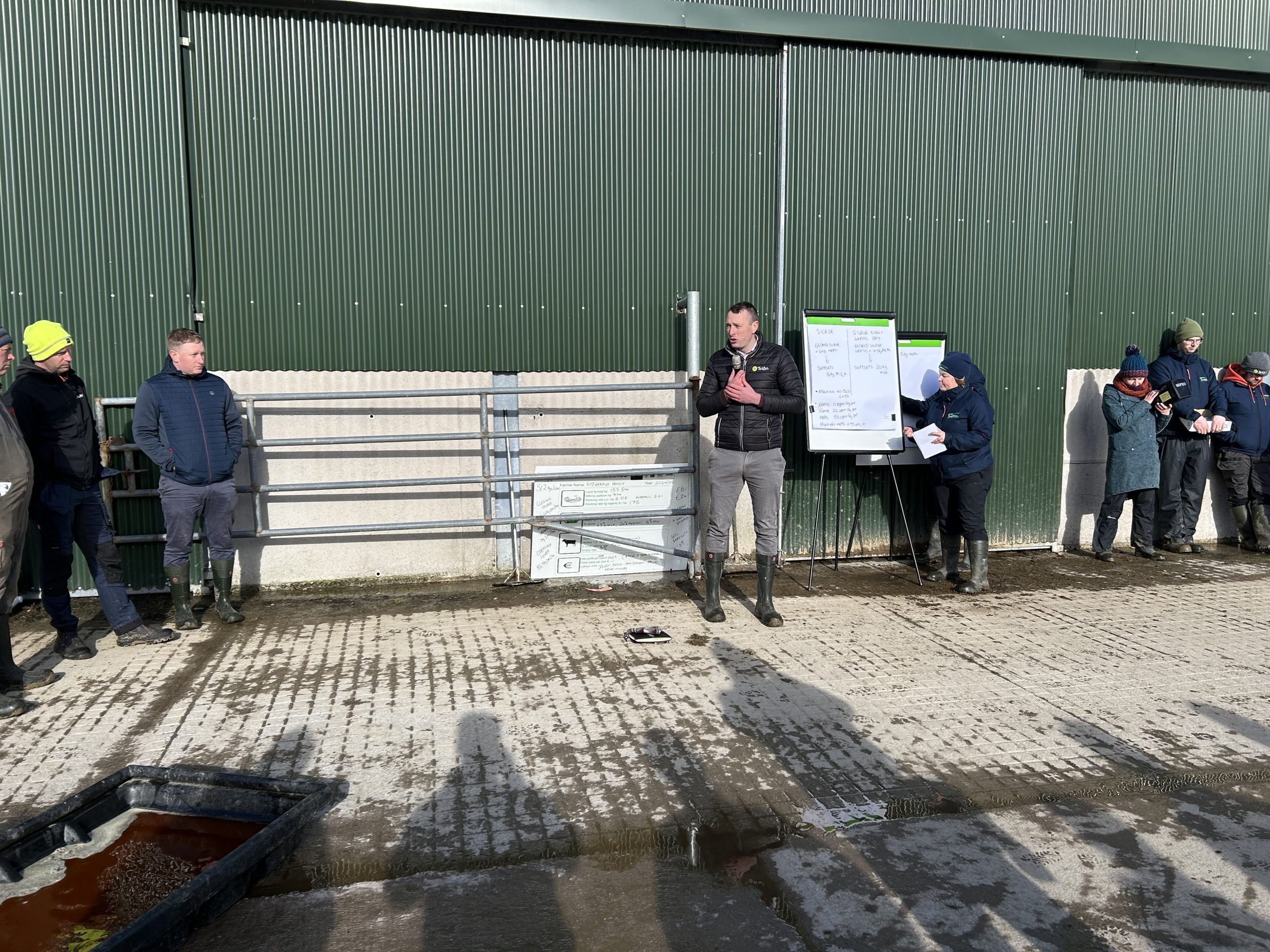
"When she comes in, she is not going to drop to 16L to 17L/milk but they will drop to 23L to 24L/milk and where is the rest of that energy coming from? It's coming off her back and that's why we have so much negative energy balance in herds," Harte added.
Sandra Hayes showed the difference between three diets in the spring time, and the diets are as follows:
- Diet 1: 68% DMD silage + 6kg concentrates supports 16kg of milk;
- Diet 2: Grass by day and silage (68% DMD) at night + 4kg of concentrates supports 20kg of milk;
- Diet 3: Grass + 3.5kg of concentrates supports 23kg of milk.
The cost of diet one was estimated to be €4.24; the cost of diet two was estimated to be €3.41; and the cost of diet three was estimated to be €2.58.
Hayes highlighted that the cost of grass, silage, and meal is as follows;
- Grass: 11c/kg DM;
- Silage: 22c/kg DM;
- Meal: 33c/kg DM.
Diet one proved to earn approximately €8.35 worth of ms/cow, while diet two earned €10.45/cow and diet three earned €12.02/cow which equates to an extra €3.67/cow when the cows are producing from grass and concentrates only.
Steven finished off the day by recommending other farmers to get cows out at grass when conditions allow, even if it is just for a few hours.
The farm walk proved that getting cows at grass in early spring, even though it requires more work at times, can be hugely beneficial for cow performance and farm profitability.
Sandra Hayes concluded: "What's stopping people from getting cows out? It's always that it's too wet."
However, she said that if farmers walked their ground, they will find an area that is suited for early grazing.

